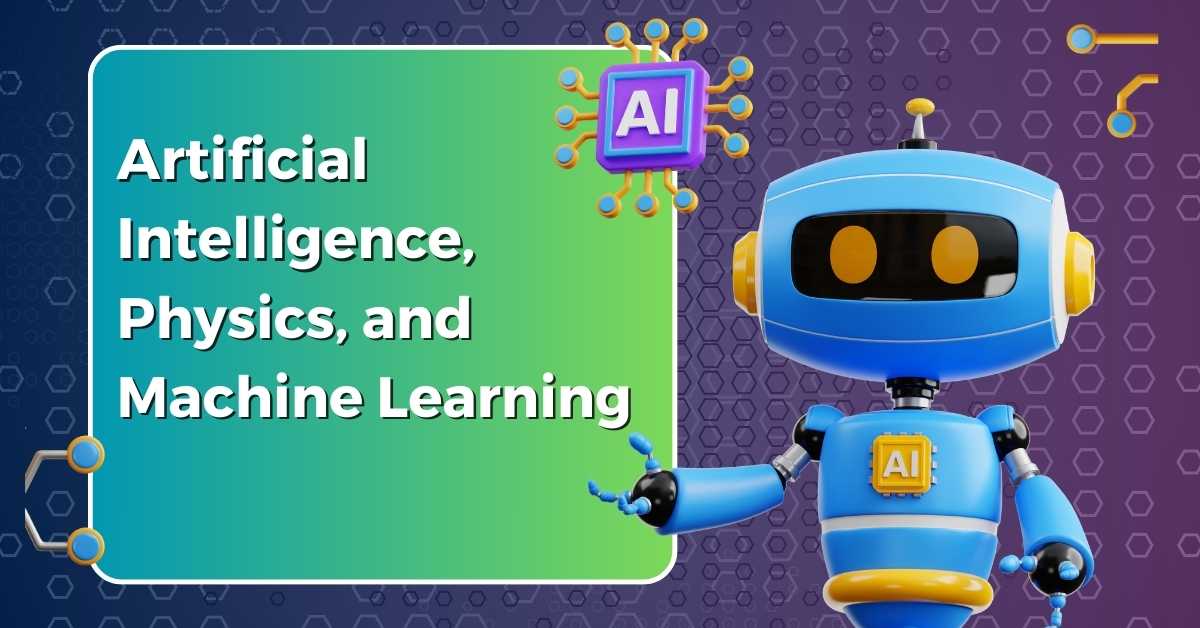The empires of artificial intelligence (AI), physics, and machine learning (ML) are converging in exciting ways, promising to revolutionize both fields and drive groundbreaking discoveries. This powerful synergy is fueled by the vast amounts of data generated in physics experiments, the complex patterns hidden within that data, and the computational prowess of AI and ML algorithms to unravel those secrets.
AI in Physics Research
AI is revolutionizing physics research by accelerating data analysis, automating complex tasks, and revealing hidden patterns in experimental results. ML algorithms can efficiently sift through massive datasets from particle colliders, telescopes, and other instruments, identifying anomalies, classifying particles, and predicting their behavior. This not only saves significant time and resources but also leads to deeper insights into fundamental physical phenomena, sparking excitement about the increased productivity and potential for discovery.
Physics-Inspired AI
The relationship between physics and AI is not one-sided; it’s a mutually beneficial exchange of ideas. Physics is inspiring new AI architectures and algorithms, while AI is providing new insights into physical phenomena. Neural networks, for instance, are modeled after the interconnected neurons in the human brain, and physical principles like energy minimization inspire their learning processes. Similarly, concepts from quantum mechanics are being applied to develop quantum machine learning algorithms that could potentially outperform classical ML methods on certain tasks.
Machine Learning for Physics Simulations
ML has proven to be a game-changer in creating more accurate and efficient simulations of physical systems. Traditional simulations can be computationally expensive and time-consuming, but ML algorithms can learn from existing data and predict the conduct of convoluted systems with greater speed and accuracy. This reassures us about the reliability and effectiveness of these technologies, which have applications in areas like astrophysics, climate modeling, and materials science.
The Future of AI, Physics, and ML
The convergence of AI, physics, and ML is not a static phenomenon; it’s a dynamic process that is constantly evolving. As AI algorithms become more sophisticated and physics-inspired AI architectures continue to evolve, we can expect to see even more profound insights into the fundamental laws of nature. Additionally, the application of ML to physics simulations will enable us to model convoluted systems with exceptional accuracy, leading to advancements in fields like renewable energy, drug discovery, and materials design. The future of this convergence is bright, and the potential for transformative breakthroughs is immense.
In conclusion, the interplay between artificial intelligence, physics, and machine learning is a dynamic and rapidly evolving field with the potential to reshape our learning of the galaxy and drive innovation across multiple domains. By embracing this convergence, we can unlock new frontiers of scientific discovery and technological advancement, ushering in an era of unprecedented progress.
